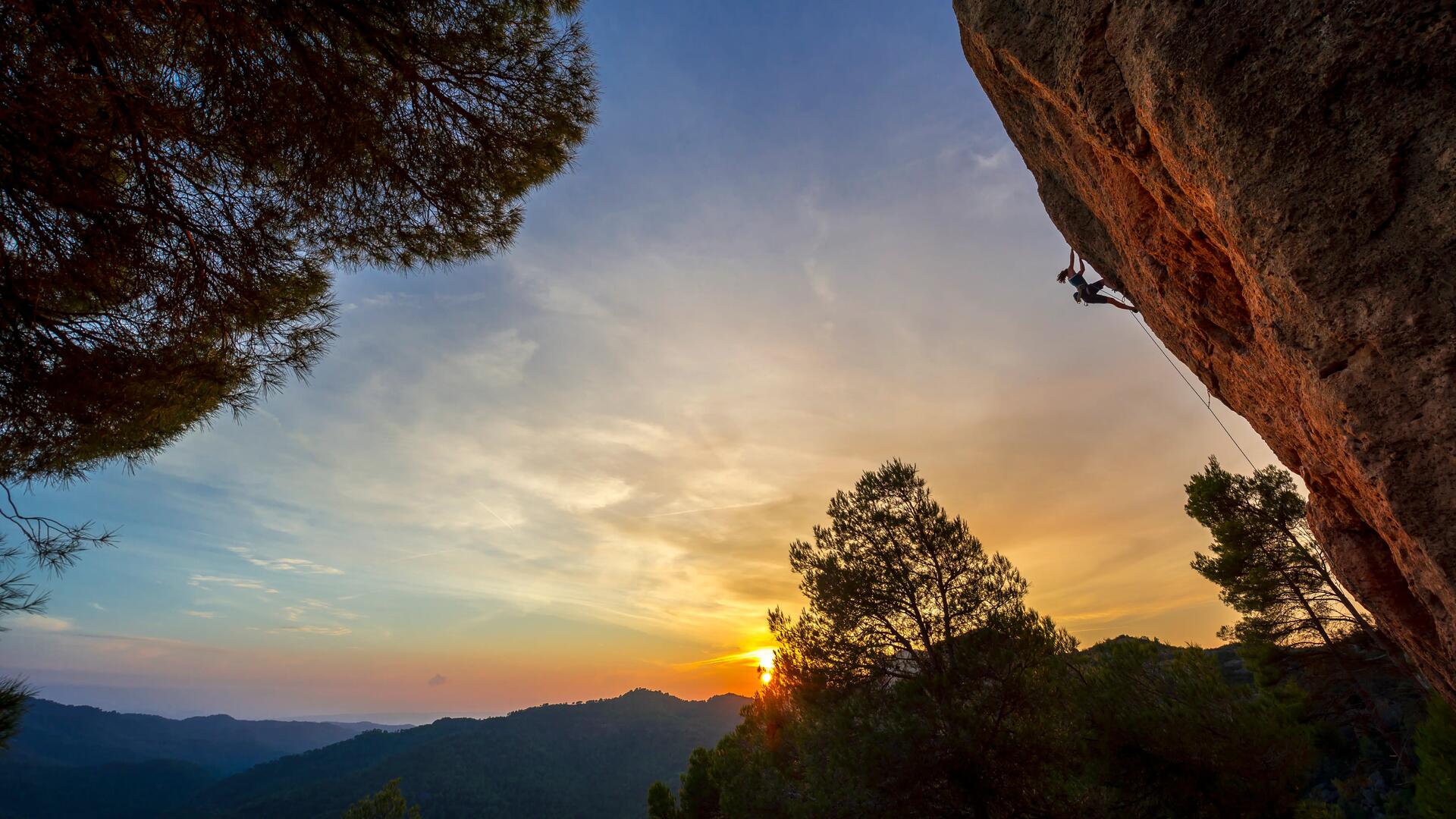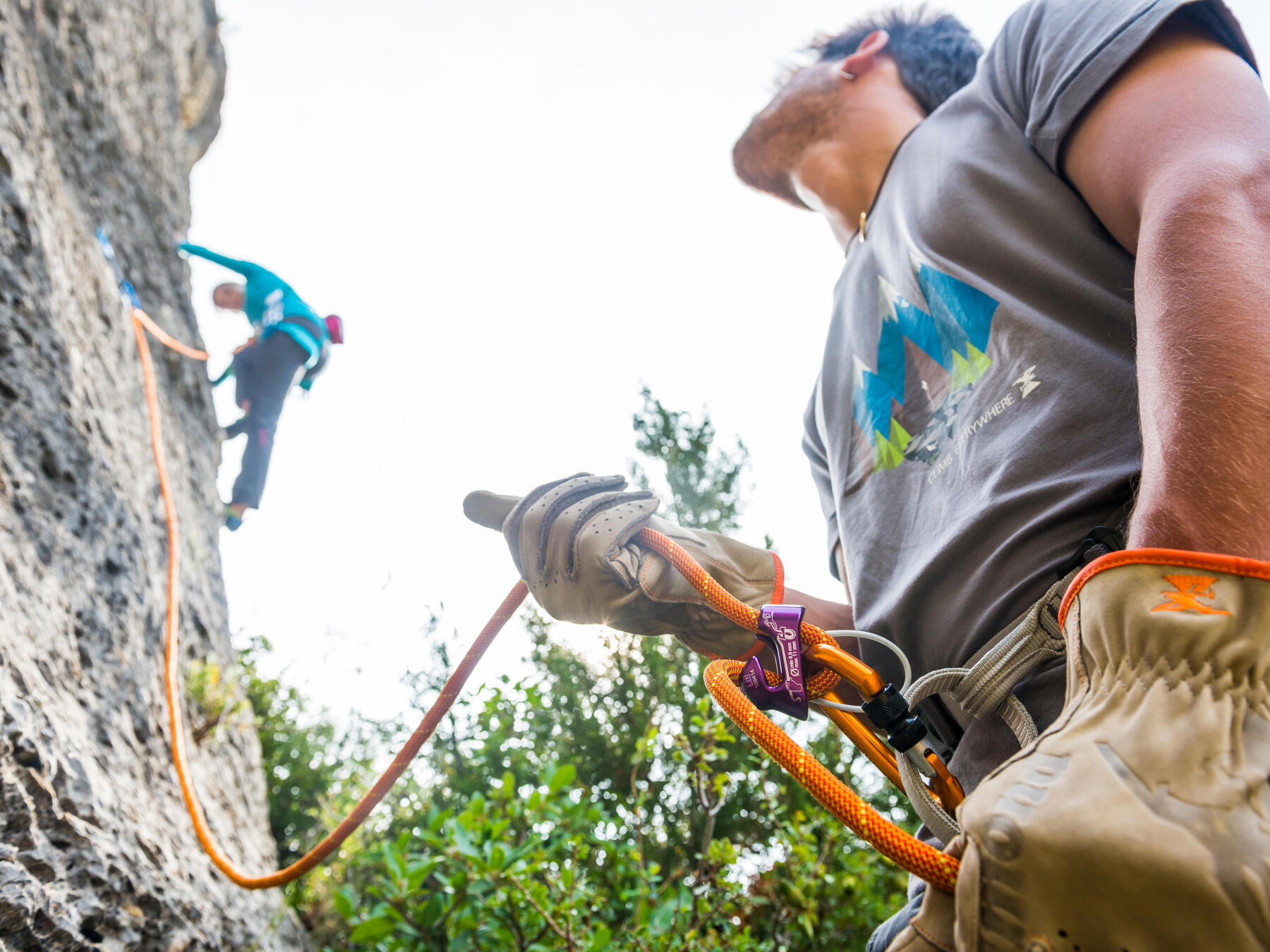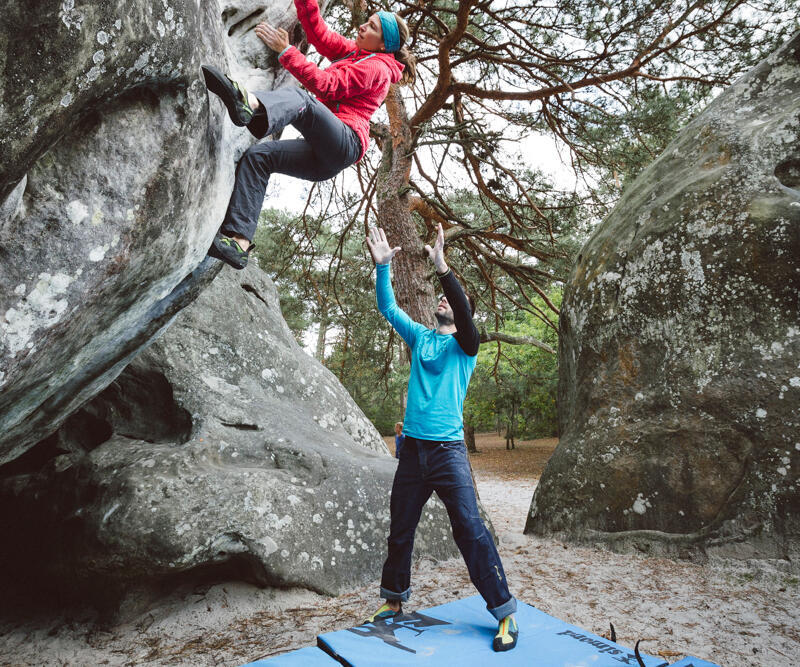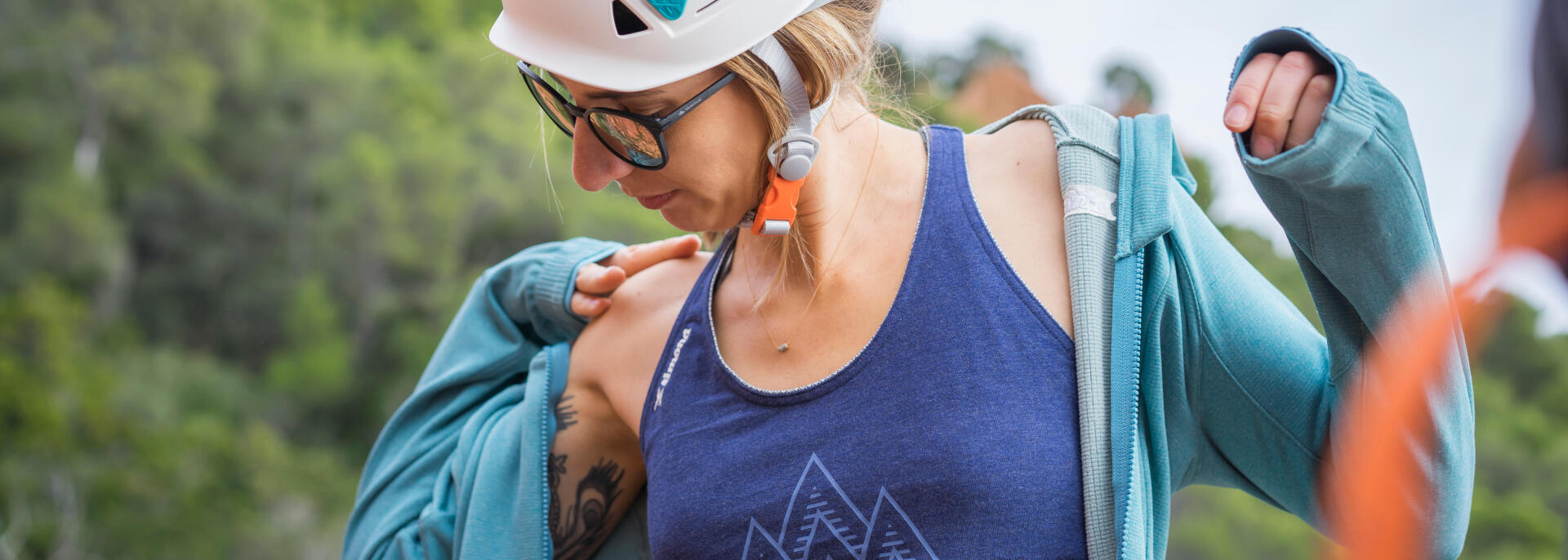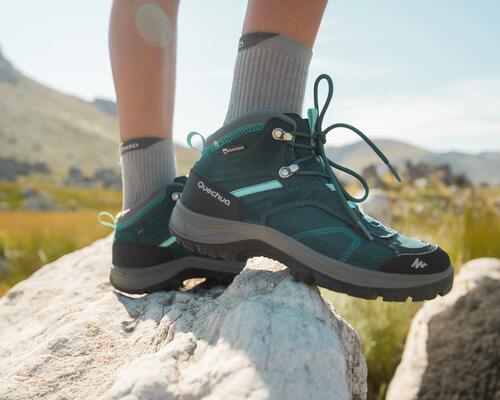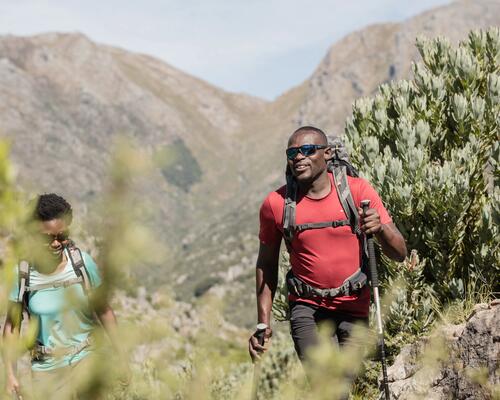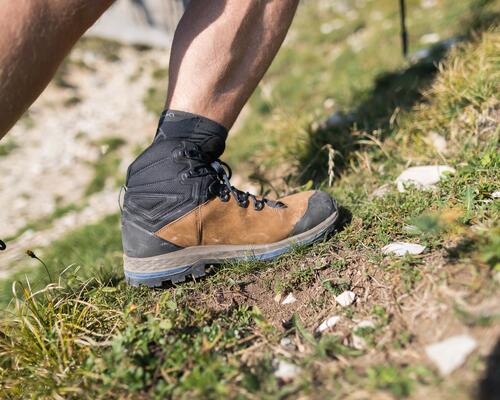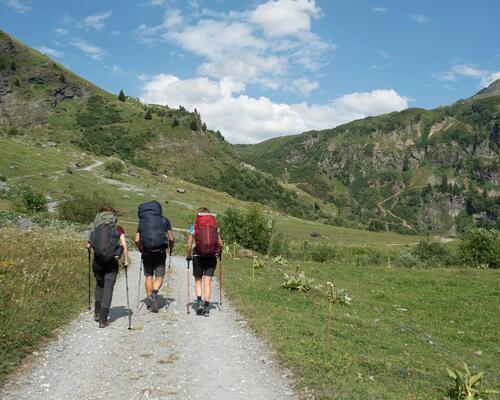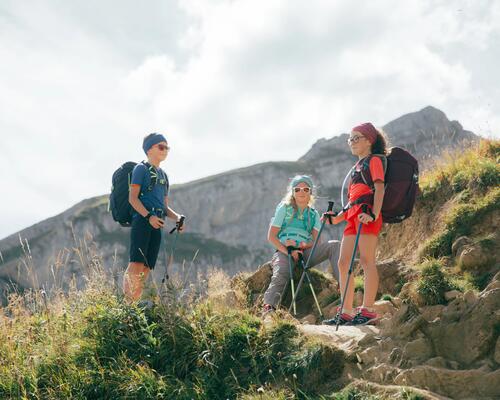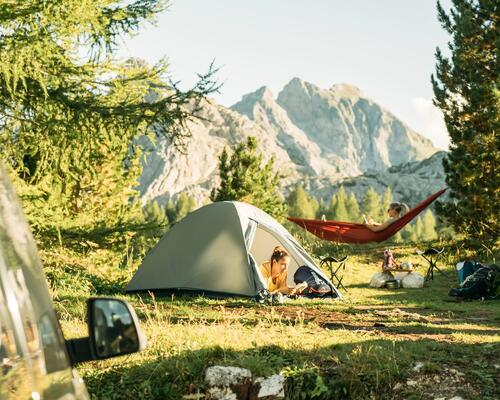What are the types of climbing
Once considered a fringe activity outside the realm of traditional sports, climbing has now been democratized thanks to the emergence of indoor climbing gyms equipped with artificial rock structures. For over a decade, climbing has been on the rise and has attracted a growing number of followers.
If you’ve never climbed, we highly recommend taking an introductory course at a climbing gym to get a solid grasp of the basics before heading out on the rocks. Indoor climbing is done on artificial walls dotted with colourful holds. Each route or “problem” is assigned a colour code indicating its level of difficulty. You’ll be able to practice bouldering, top rope, and lead climbing. Speed climbing is also offered in some gyms.


